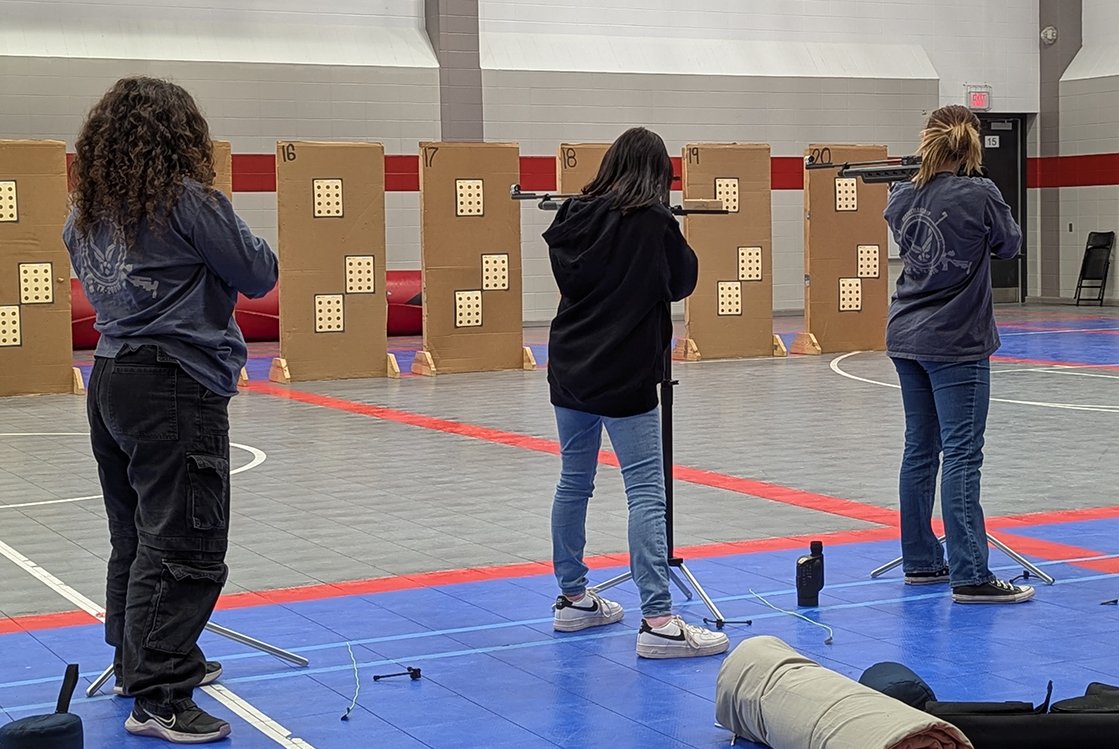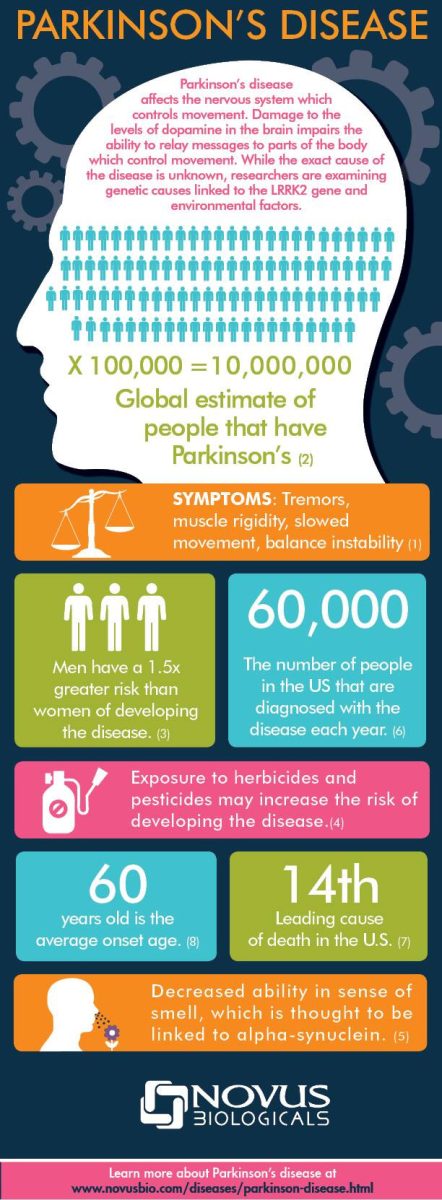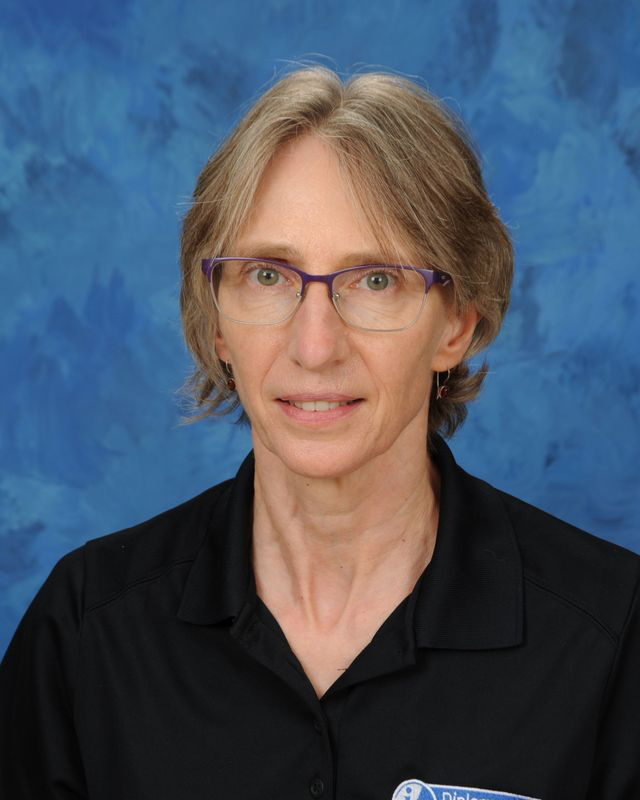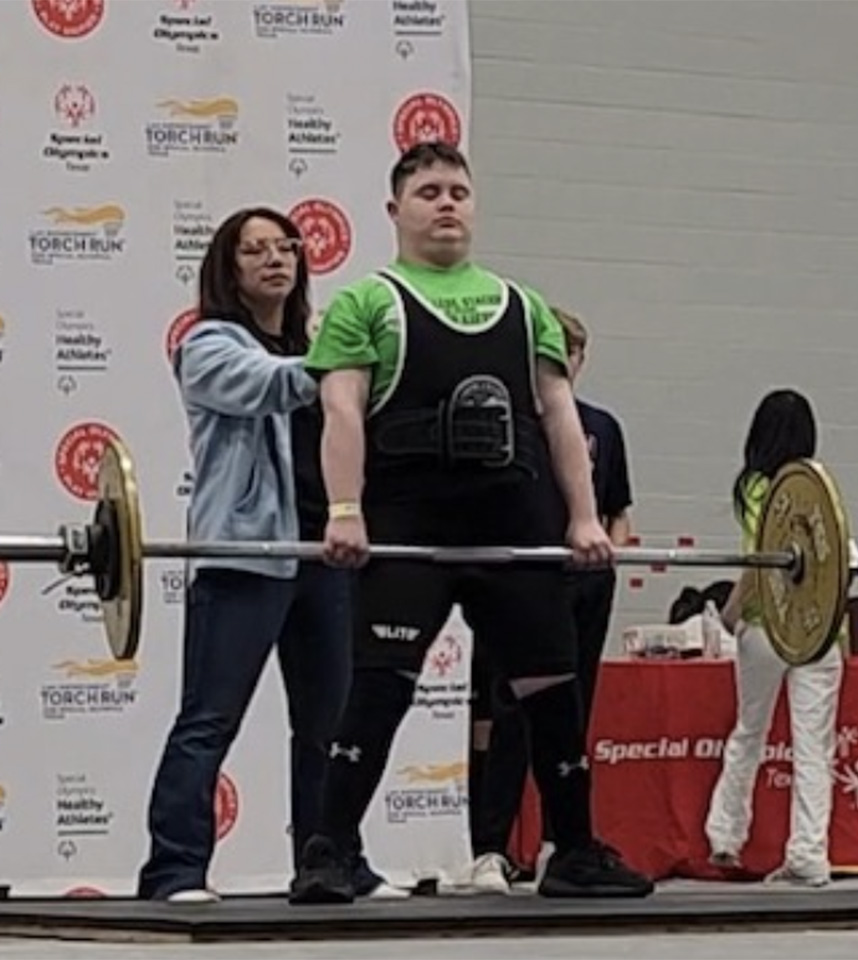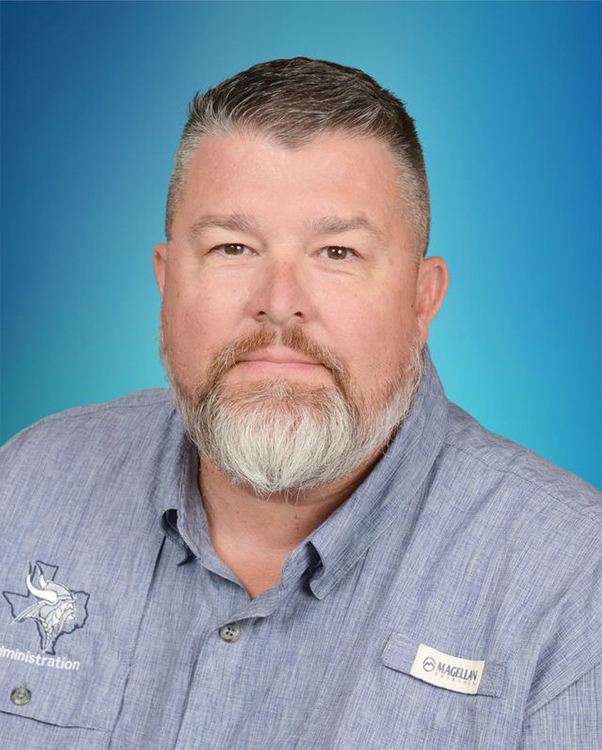Do you know what you want to do when you grow up? Do you want to get a head start on your future now, but don’t know how? If you’re interested in the medical field, you’re in luck. Since the early 1990s, Hammond-Oliver has broadened students’ visions for life beyond high school by allowing students to get a jump start on their medical careers by taking health-science related courses and gaining hands-on experience early on.
“As part of a response to the workforce commission that said our future needs in this community would focus on health-care workers, Bryan ISD used that as an opportunity to expand a program and have the vision for Hammond-Oliver as it is today,” Hammond-Oliver dean Judy Hughson said.
Today’s vision for Hammond-Oliver is alive and growing as students from Bryan High and Rudder gather to learn more about the human body, animals, and health science. Learning something unique every year, each grade level has the opportunity to gain knowledge on material that would normally be offered at the college level, allowing them to build a firm foundation on material that they will be learning later on. Freshmen start off by getting a solid background, learning about child development, different medical heroes, medical terminology, and becoming CPR and AED certified.
“We’re learning about medical terms and different people and just the basics of how everything started, like people who found immunizations,” freshman Danica Mendes said. “It’s more challenging because it’s more of the medical field. It’s pointing you in that direction, and at the end of the year I’m going to be CPR certified.”
Sophomores at Hammond-Oliver get more hands-on experience as they practice with blood-pressure cuffs, thermometers, stethoscopes, and add first-aid certifications to their resumes.
Junior year, students begin getting involved with the community as they choose a location at which to job shadow for a week during their last month of school.
“I’m learning a lot about the human body, how we’re built, and how different types of bacteria and things can harm us,” junior Garrett Rathjen said. “[Hammond-Oliver] is a fun place to learn. I like the teachers, and it’s more active [because] we get to learn about what we’re going to do when we get out in the community and actually start working with people [instead of] just sitting in a classroom.”
Senior year in Hammond-Oliver is when students are able to put their skills into practice. Not only do seniors earn college credit for a medical terminology class, but seniors have the option to earn a pharmacy-tech certification, veterinary medicine certification, CNA (Certified Nursing Assistant) certification, or going on internships. Pharmacy-tech students are taught the discipline of pharmacy operations, learning about over 200 types of drugs and their uses as they prepare to go out and work in pharmacies. By the end of the year, students have the opportunity to earn their pharmacy-tech certification.
“It’s a pretty intense course,” pharmacy-tech teacher Anne Ballard said. “Once they graduate and they’re 18, they can take a PTCB (Pharmacy Technician Certification Board) exam, and then they can become licensed as a certified pharmacy tech earning anywhere from $10-20 an hour.”
The vet tech program enables Hammond-Oliver seniors to earn a veterinary assistant certification.
“If they can get 300 hours in they’ll take a state board exam,” vet tech teacher Sue Elliott said. “We [also] have some trips set up; we’re going out to swine center to watch some pigs being born, and then we’re going to watch equine surgery out at the Texas equine hospital.”
The CNA program is useful for students who are more interested in nursing and it consists of 100 hours; 60 have to be in the classroom and 40 have to be clinical.
“They have their classroom and lab practice component here at Hammond Oliver, and then they do their clinical component at Lamp Stand which is a long-term care center here in town,” CNA teacher Erin Wright said. “Once they complete all of that, they’re eligible to take the state certification test which requires them to perform hands on skills in front of an examiner and also take a test.”
Whether students know exactly which career they want to pursue or are still uncertain, interning is a great option for everyone as students can practice working in their future careers or just learn more about interesting ones. Students spend two half-days a week shadowing a community mentor and learning about a field that they’re interested in, whether that’s nursing, medicine, dentistry, physical therapy, etc.
“I believe that students should be involved because involvement broadens one’s vision for life beyond high school,” Hughson said. “An integrated curriculum, which we have here at Hammond-Oliver, ties learning together.

